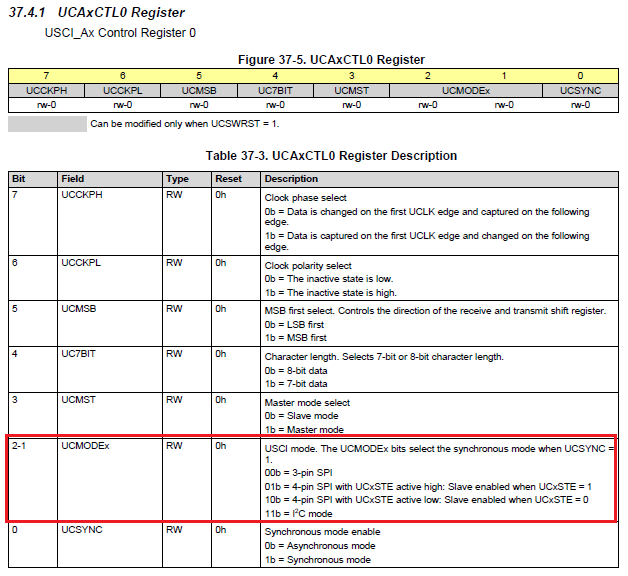Hi, I have an MSP430 dev board, the MSP-EXP430F5529LP. In all of the searching I've done in this forum and elsewhere on the web it seems the "3 wire" SPI the MSP430 supports is a clock line and data in/out lines but no built-in support for a slave select line. And that to use a slave select line you must manually toggle a GPIO output pin. Is this really true???
-
Ask a related question
What is a related question?A related question is a question created from another question. When the related question is created, it will be automatically linked to the original question.


